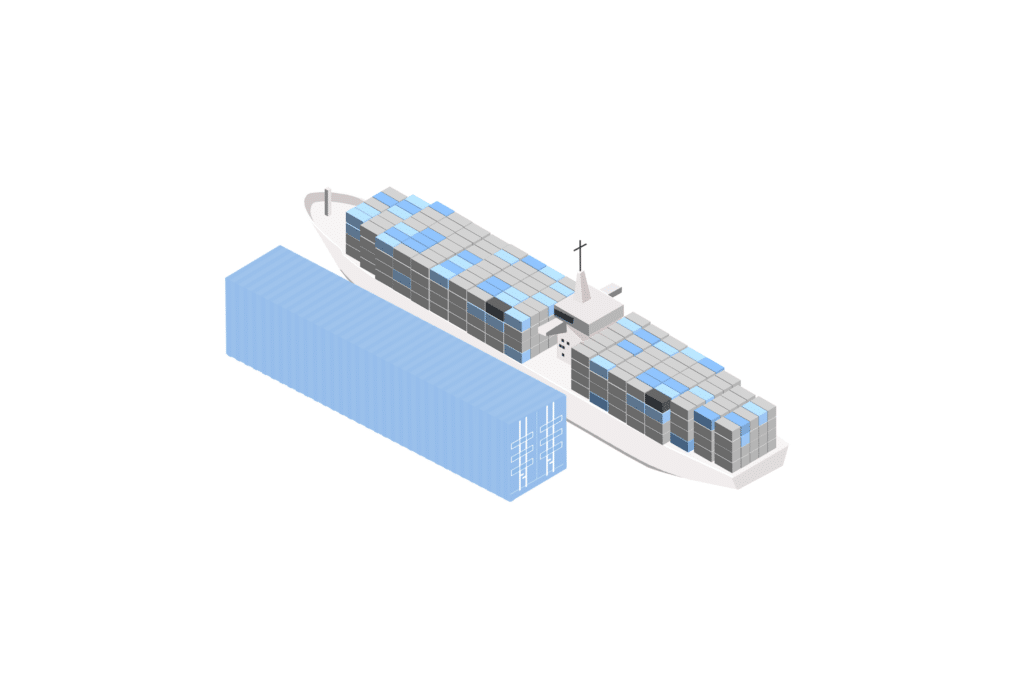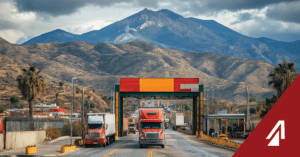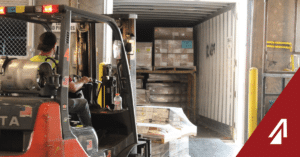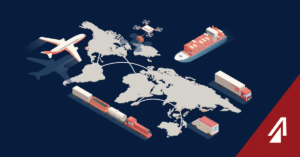In a recent state of the union address, President Joe Biden warned the American people that the international freight market was not competing fairly and that container freight prices have risen as much as 1000%. Container price indexes confirm the president’s claim of rising prices, but is greed and lack of competition the true cause of the inflated prices? Or are there deeper issues at work? And if so, what is being done about these issues?
How Much Have Prices Risen?
According to the Drewry World Container Index (Shanghai to Los Angeles), the average container price has remained relatively constant for the past decade or so. An individual container spot rate from Shanghai to Los Angeles averaged around $1200-$2000. But, in early 2020, the market began to change.
At the start of the pandemic, these same containers began to cost more than $5000 each. In September 2021, the market hit an all-time average high with an individual 40-foot container costing $10,800 for transit from Shanghai to Los Angeles. Current prices have fallen slightly but still remain around $9,800 per container.
This rate is high. It’s approximately 5-9 times higher than the rate had been for past 10 years. This is in line with the president’s statement, but the real question is why the increase?
Why the Increase?
Freight prices have risen over the past few years for many reasons. The White House blames lack of competition or greed as the root cause. In the state of the union address, President Biden said, “See what’s happening with ocean carriers moving goods in and out of America. During the pandemic, about half a dozen or less foreign-owned companies raised prices by as much as 1,000 percent and made record profits.” It is true that many ocean liners are reporting profit rises last year. According to Statista, 2021’s Q2 profits rose to 44% for many ocean liners – up from 8.5% in 2020. But that does not show the entire picture.
For one, the COVID-19 pandemic caused complete disruptions throughout most of the entire world’s supply chains. Channels for goods and services were blocked up and down stream and many were not able to compensate. Finding new suppliers significantly drove up rates for goods and services in every market sector, not just logistics. Lockdowns and labor shortages added to an already exacerbated marketplace to prevent many goods from moving at all. These contributed to port closures, port congestion, lack of new containers, lack of capacity, and other factors making doing business difficult and unpredictable. Even today, consumers can see the ripple effects of labor shortages at some of the United States’ largest ports, Ports of Los Angeles and Long Beach. Both the ports and the state of California are struggling to staff the port to unload the 100+ ships at dock and have drivers available to carry the freight to its final destination once it is unloaded. Each of these compounds the problem of moving shipping containers and rising prices.
Another issue is underutilization. In 2021, the Asian market imported 40% more goods to the US than it had in 2020 and before. Meanwhile, the US exported the same amount it had before. Meaning, there was a significant imbalance for trade. Like domestic transport, international carriers cannot afford to run empty and deadhead to the next pickup. So, costs for running underutilized were passed on to the shippers and manufacturing consumers as well.
Lastly, general inflation combined with increased government regulation has significantly added to shipping prices as well in terms of taxes and fees placed on the carriers. The carriers in turn pass those costs on to the consumer.
What Is Being Done To Help?
There are both public and private solutions to the issue of rising prices. The public solution seems to be greater regulation and price fixing. Currently, Congress is reviewing a bill called Ocean Shipping Reform Act of 2021 in which it hopes to provide the Federal Maritime Commission with the authority to govern international shipping operations. With this, they would have oversight of freight prices and practices and have the authority to penalize companies that do not act fairly.
Private firms, like many of today’s ocean carriers, are taking a different approach. Many carriers are using the profits from 2021 to invest in new equipment – ships, containers, etc – to increase capacity and ease the strict supply. These efforts are slow, however, as it takes approximately 18 months for a new ship to be built.
The issue of increased international freight costs is a significant one. The pandemic has revealed significant issues in the already volatile logistics marketplace. Whether through lack of competition or by other competing factors, the fact remains that prices are rising, and experts agree that it may be some time before they come back to normal.



